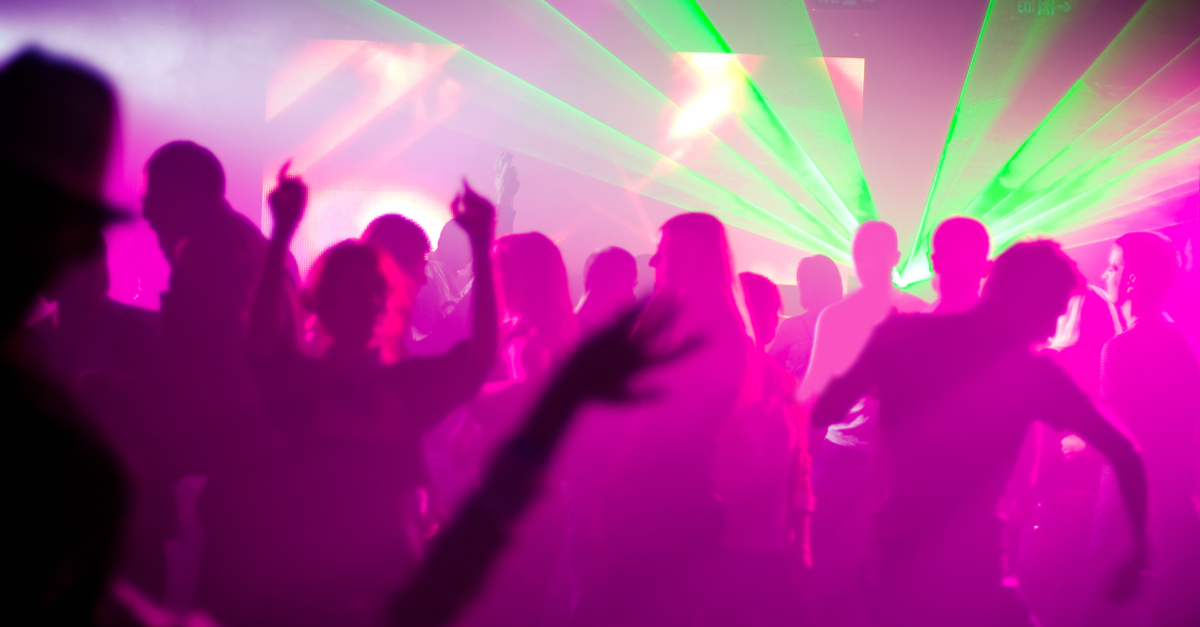This post is part of an ongoing series examining the ways in which substance use impacts sexual behavior and vice versa. Previous posts have covered alcohol, opioids, meth, and other amphetamines. In this week’s post, we examine drugs that disinhibit and relax the user.
GHB and GBL (“G”)
GHB (gamma-hydroxybutyric acid) and GBL (gamma-butyrolactone) are closely related drugs that create a sense of euphoria and disinhibition.
GHB is a naturally occurring neurotransmitter that impacts other neurotransmitters affecting mood and hormones, such as growth hormone. The synthetic version of GHB was developed as a central nervous system depressant and anesthetic in the 1960s. It is often used in conjunction with methamphetamine and sexual activity. Its effects are dose-dependent and generally create a sense of disinhibition, euphoria, and well-being. Interestingly, GHB was available in health food stores as a bodybuilding enhancer until 1990, when it was banned by the Food and Drug Administration.
GBL is technically a precursor to GHB, meaning it is converted to GHB in the body. It is widely used in the chemical industry for a variety of purposes. (For instance, it is a common solvent found in paint strippers, nail polish removers, stain removers, and circuit board cleaners. It is also used in the manufacture of numerous pharmaceuticals.) GBL is several times more potent than GHB, so it is far more lethal. That said, the risk of overdose from both chemicals is great).
These drugs are often available as a liquid that must be mixed with water. This mixing is typically done “on the fly” in dance clubs, which frequently results in improper dosing that produces a potentially fatal coma-like state (a “G hole”) requiring hospitalization.
GHB and GBL produce euphoric and hallucinogenic states in the user. Some chronic users report that overdoses are so common that they’re considered a rite of passage, especially with chemsex. These drugs can render the user helpless with little to no memory of the time period in which it was used. This has resulted in GBH and GBL being used like Rohypnol as a date rape drug.
A disturbing report by the Terrence Higgins Trust and Cambridge University found that a number of gay men have been drugged with GHB and sexually assaulted, including incidents that were live-streamed. The study also reported that one in five men were unaware they were ingesting GBH because it was slipped into a drink or even lube.
Ketamine (“K”)
Ketamine is used as an anesthetic in human and veterinary medicine, producing psychotic effects and hallucinations. Ketamine disrupts the neurotransmitter glutamate which is involved in learning, memory, emotions, and pain perception. The drug’s hallucinogenic effects occur only at lower doses when other sensory stimuli are minimized, such as in a dark room. This contributes to the drug’s popularity in dance clubs. Users say that can induce a dissociative state, in which a person feels detached from their body, or it can create distorted physical sensations such as being touched, pulled, or even flying. There are a number of negative respiratory and neurological side effects that are produced by ketamine, especially in combination with other drugs.
Ketamine was quite common among drugs of abuse until law enforcement efforts such as Project TKO by the Food and Drug Administration in 2006 curtailed supply and reduced its availability.
Recently, Ketamine has found new popularity because of its efficacy at reducing severe depression and even reversing suicidality among some patients. Ketamine’s antidepressant effects work via a different mechanism than other antidepressant therapies, so patients who have been unresponsive to traditional interventions may see some benefit. Two different forms of Ketamine are being utilized therapeutically: one for infusion and the other as a nasal spray.
Marijuana (Cannabis)
Marijuana is known for its psychoactive properties and its effects on both mental and physical faculties. The active ingredient is tetrahydrocannabinol (THC). Marijuana is widely considered to enhance the experience of sex by increasing relaxation, sociability, the sensations of touch, and the experience of orgasm. On the other hand, it can undermine sexual performance in terms of erection, lubrication, achieving orgasm, and ejaculation. Early studies documenting marijuana’s negative effects on testosterone have not been replicated, but it is widely recognized that the drug has an indirect negative effect on fertility in both men and women.
As the legalization of marijuana continues around the world, and with widespread (and growing) approval of medical marijuana, there are extensive debates about the dangers of this drug. Despite its addictive potential, the consensus of professionals is that it is most harmful to the brains of developing adolescents.

